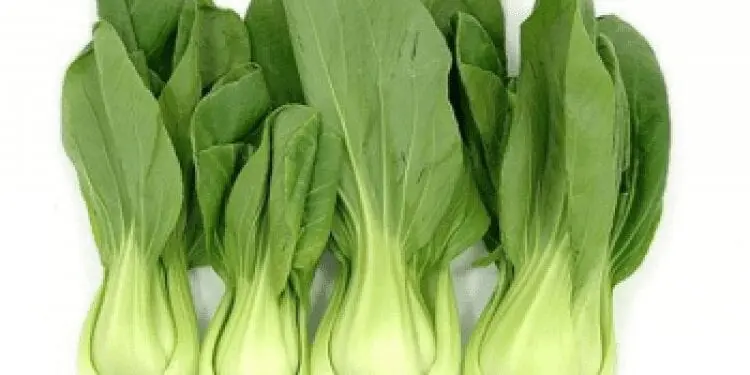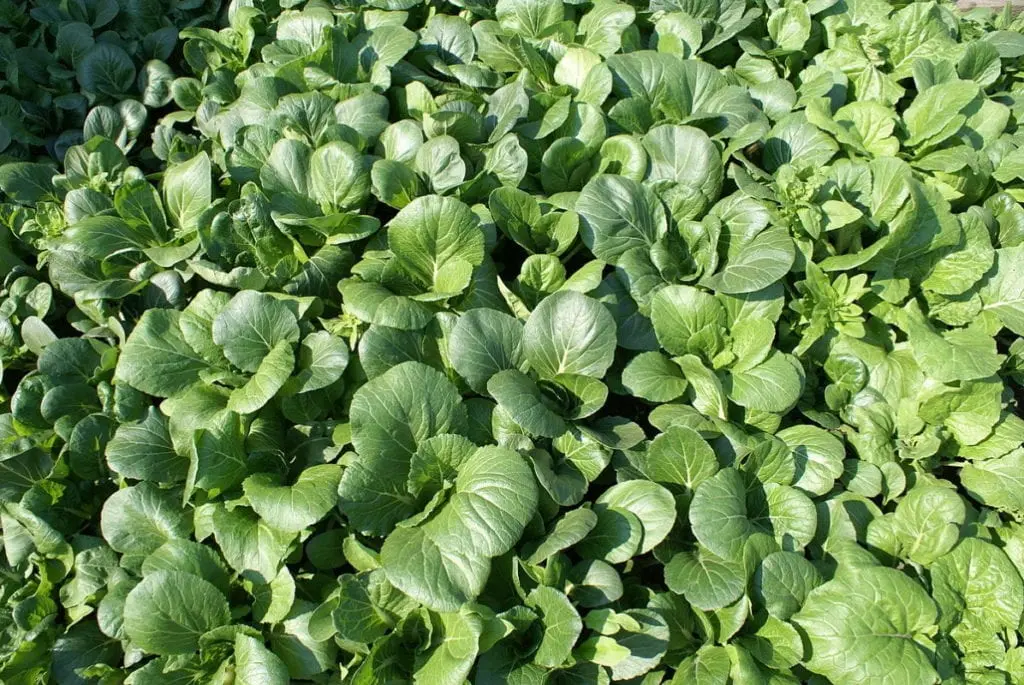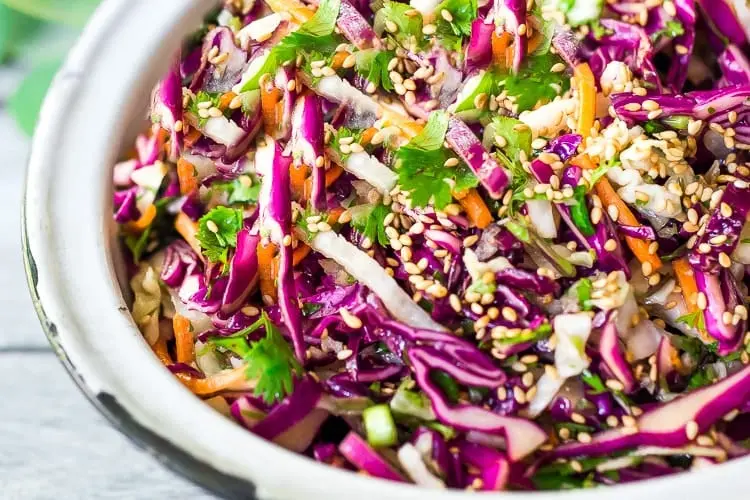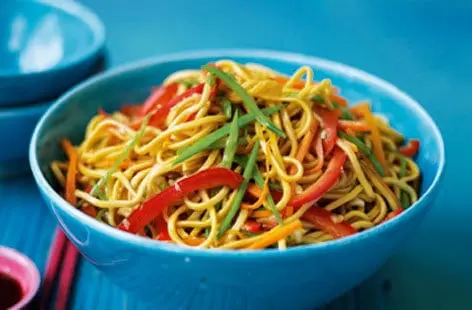Contents
It is one of the most ancient Chinese vegetable crops. Today, she has gained great popularity in Asia and every day more and more gains new fans in Europe. Pak-choi cabbage is a close relative of Peking cabbage, but differs from it externally, biologically, and also in economic qualities. Although they are completely different, gardeners still very often confuse them. One has dark green leaves and bright white petioles, while the other has light green leaves and petioles.
Pak-choi is much juicier than Chinese, more piquant and spicy in taste. The main differences are the coarser, hairless leaves. Pak-choi is an early maturing variety of cabbage, in which no head of cabbage is formed. The leaves are collected in a rosette with a diameter of about 30 cm. The petioles are tightly pressed, thick, convex at the bottom, often occupying two-thirds of the mass of the entire plant. The stalks of pak choi are very crispy and taste like spinach. Fresh leaves are used in the preparation of soups, salads. Some people call pak-choi salad, but this is not true, because, as mentioned above, this is a type of cabbage. It has a different name for different peoples, for example – mustard or celery. In Korea, pak choi is prized, the less the better, since the small heads of pak choi are much more tender.
How to choose
When choosing pak choy, pay attention to the leaves, as they must be juicy green and fresh (not lethargic). Young good cabbage has medium-sized leaves, crispy when broken. The length of the leaves should be no more than 15 cm.
How to store

In order for pak-choy to retain its useful properties for a longer time, it must be stored observing all the rules. First, separate the leaves from the stumps and rinse them under running water. After that, the leaves must be wrapped in a damp towel, then put in the refrigerator.
Calorie content of pak choy
Pak-choy cabbage should certainly appeal to lovers of low-calorie food. After all, its calorie content is very low, and is only 13 kcal per 100 g of product.
Nutritional value per 100 grams: Proteins, 1.5 g Fats, 0.2 g Carbohydrates, 1.2 g Ash, 0.8 g Water, 95 g Calorie content, 13 kcal
Composition and presence of nutrients
Low calorie content is not the only plus of pak choy cabbage, it is rich in fiber, plant, indigestible fiber. Fiber is very important in a nutritious diet, as it not only serves to prevent problems with stool, but also effectively cleanses the intestines of toxins, toxins and cholesterol. Pak-choy leaves contain a large amount of vitamin C, which is the most valuable for the human body, vessels. The vessels retain their strength and elasticity precisely because of it.

Vitamin C takes an active part in the synthesis of protein, collagen, which allows the skin to remain elastic and elastic longer. One hundred grams of pak choy leaves contain about 80% of the required daily intake of vitamin C. Cabbage also contains vitamin K, it improves a very important blood indicator – clotting. The body’s daily need for this vitamin can be replenished by eating two hundred grams of Pak Choi.
It should be noted that if you are taking medications to thin your blood, then you should not consume pak choy. Vitamik K will reduce the effect of drugs “to naught”. Pak-choi contains the most vitamin A among its relatives. It stimulates the renewal of the skin at the cellular level, and in its absence, the synthesis of rhodopsin, a photosensitive pigment of vision, is not possible. Vitamin C deficiency negatively affects a person’s vision and often leads to a deterioration in vision at dusk, which is popularly called night blindness.
Useful and medicinal properties
Pak Choi cabbage is a very valuable dietary vegetable. It is indicated for diseases of the gastrointestinal tract and the cardiovascular system. Pak-choy juice has bactericidal properties and retains all biologically active vitamins, minerals and enzymes. Pak-choi is considered an ancient remedy.
Its juice has healing properties and is used in the treatment of non-healing ulcers, wounds, and burns. The leaves are ground on a grater, mixed with raw chicken egg white and this mixture is applied to the wounds. This vegetable is of great value in the treatment of anemia. Together with cabbage fiber, harmful cholesterol is removed from the body, and this plays a huge role in the treatment and prevention of vascular atherosclerosis.
Pak-choi is used as a component of dietary nutrition for diseases of the heart and blood vessels.

In cooking
To maintain a nutritious diet, it is very good to eat pak choy cabbage. It is usually fried with meat, tofu, other vegetables, it is also steamed, fried in oil, or used as a side dish. Everything is edible in Pak Choi – both roots and leaves. It is very easy to clean and cook it: the leaves, separated from the petiole, are chopped, and the petiole itself is not cut into small circles.
But it should also be remembered that after boiling or stewing, the pak-choy leaves will lose most of the beneficial qualities, in particular vitamins. So it is best to consume pak choi as a salad. To do this, take bell peppers, fresh grated carrots, grated ginger, dates and pak choy leaves. All ingredients must be mixed and poured over with lemon juice, if desired, you can add sunflower or olive oil.
Features of growing pak choy
Pak-choi is a relative of white cabbage, which has long occupied a leading place in plant growing in Asia and Europe. But the growing pack has several fundamentally new properties.
You can grow it by the seedling method. Seedlings are formed in about 3 to 4 weeks. Because cabbage is very early maturing, it is grown in Asia several times during the season. In Russia, it can be sown in late June – early July. This is much better than early spring. It is necessary to sow in the grooves, the depth is 3 – 4 cm.
Pak-choi is not demanding on soil. The soil may not be fertilized or only slightly fertilized. After the cabbage is planted, the crop can be harvested in a month. Many people confuse Pak-choi with a special type of greenery. After all, she does not give traditional heads of cabbage. But it is still cabbage, even though it looks more like a salad.
Shredded Chinese Cabbage Salad

Yield 8 servings
Ingredients:
- ¼ cups rice vinegar (can be substituted for apple cider vinegar)
- 1 tbsp sesame oil
- 2 tsp sugar (or honey or dietary substitute)
- 2 tsp mustard (better than Dijon)
- ¼ tsp salt
- 6 cups finely chopped Chinese cabbage (about 500g)
- 2 medium carrots, grated
- 2 green onions, finely chopped
Preparation:
Mix the vinegar, sugar, mustard and salt in a large container until the sugar granules are dissolved.
Add cabbage, carrots and green onions. Mix everything with dressing.
Nutritional Benefits: 36 calories per serving, 2 g fat, 0 g sat., 0 mg cholesterol, 135 mg sodium, 4 g carbohydrates, 1 g fiber, 1 g protein, 100% DV for vitamin A, 43% DV for vitamin C, 39% of the DV for vitamin K, 10% of the DV for folate, GN 2
Stewed pak choy cabbage with ginger

Ready in 5 minutes. Serve well as a side dish.
Yield 4 servings
Ingredients:
- 1 tbsp olive oil
- 1 tbsp freshly chopped ginger
- 1 garlic clove, minced
- 8 cups pak choy cabbage, shredded
- 2 tbsp light-salted soy sauce (gluten-free for the BG diet)
- Salt and pepper to taste
Preparation:
Heat oil in a frying pan (not until hot). Add garlic and ginger. Cook for one minute.
Add pak choy and soy sauce and simmer for another 3-5 minutes over medium heat, or until the leaves wilt and the stems become juicy and soft. Add salt and pepper to taste.
Nutritional Benefits: One serving contains 54 calories, 4 g fat, 0 g sat., 0 mg cholesterol, 318 mg sodium, 4 g carbohydrates, 2 g fiber, 3 g protein, 125% DV for vitamin A, 65% DV for vitamin C , 66% DV for vitamin K, 13% DV for vitamin B6, 16% DV for folate, 14% DV for calcium, 10% DV for iron, 16% DV for potassium, 88 mg Omega 3, GN 2
Lo mein with vegetables – Chinese noodles

Yield 6 servings
Ingredients:
- 230 g noodles or noodles (gluten-free for BG diet)
- ¾ tsp sesame oil
- ½ tsp vegetable oil (I have an avocado)
- 3 cloves of garlic
- 1 tsp grated fresh ginger
- 2 cups pak choy cabbage, chopped
- ½ cup chopped green onions
- 2 cups grated carrots
- Approximately 150-170 g solid tofu (organic), no liquid and diced
- 6 tbsp rice vinegar
- ¼ a glass of tamarind sauce or plum jam (you can substitute 2 tablespoons honey or to taste)
- ¼ glass of water
- 1 tsp light-salted soy sauce (gluten-free for the BG diet)
- ½ tsp red hot pepper flakes (or to taste)
Preparation:
Cook spaghetti or noodles according to package directions. Drain and place in a large mixing container. Stir in sesame oil.
In a large nonstick skillet (or wok), heat the oil over medium heat. Add garlic and ginger, simmer, stirring occasionally for 10 seconds.
Add pak choy and onion, simmer for another 3-4 minutes until the cabbage is slightly softened.
Add carrots and tofu and simmer for another 2-3 minutes, or until the carrots are tender.
Separately, in a small saucepan, combine the vinegar, plum jam (or honey), water, soy sauce, and red pepper flakes. Heat with constant stirring over low heat until a homogeneous consistency is obtained.
Mix the spaghetti, vegetables and dressing together. Ready to serve.
Nutritional Benefits: 1/6 of the recipe has 202 calories, 3 g fat, 1 g sat., 32 mg cholesterol, 88 mg sodium, 34 g carbohydrates, 3 g fiber, 8 g protein, 154% DV for vitamin A, 17% DV for vitamin C, 38% DV for vitamin K, 33% DV for vitamin B1, 13% DV for vitamin B2, 19% DV for vitamin B3, 10% DV for vitamin B6, 27% DV for folate, 14% DV for iron, 10% DV for potassium and magnesium, GN 20









